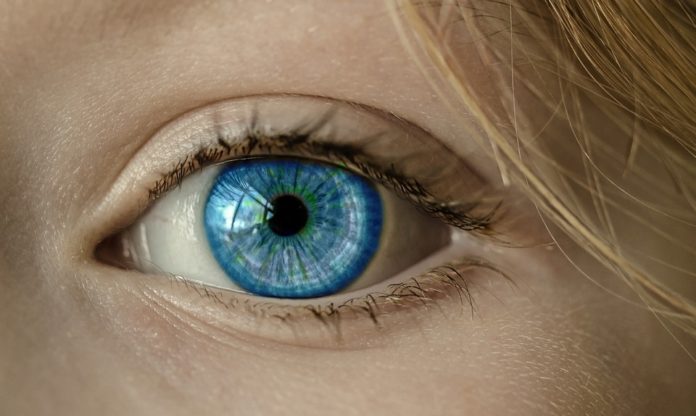There are 22,800 people across Somerset living with sight loss, according to latest figures announced by Specsavers during World Glaucoma Week.
Glaucoma, often referred to as the silent thief of sight due to its gradual onset, is the third largest cause of blindness in the world.
The condition can affect anyone – but research shows that men are 16% more likely to lose their sight than women with the condition because they do not generally seek medical help as quickly as women.
That is why during World Glaucoma Week, Burnham-On-Sea’s Specsavers store is stressing the importance of having regular eye tests to detect the early signs and symptoms of the condition, as well as highlighting the common risk factors associated with it.
Scott McGowan, Specsavers store director in Somerset, says: “Glaucoma occurs when naturally-occurring fluid inside the eye does not drain properly causing a build-up of pressure.”
“The condition often affects both eyes, usually to varying degrees. However, there are two types – chronic glaucoma which develops slowly, and acute glaucoma which develops rapidly with a sudden, painful build-up of pressure in the eye.”
People visiting an optometrist will receive an eye pressure test using a tonometer. This instrument is used to measure the pressure inside the eye and is useful in identifying people who might have or are at risk of developing glaucoma.

Scott adds: “With chronic glaucoma, the visual loss can initially be very subtle and occurs just beyond your central vision, progressing slowly inwards towards your central vision and outwards into the periphery.”
“Most patients will not be aware of this visual loss due to the way the eyes visual fields overlap one another, compensating for one another.”
“The way this is detected by your optometrist is through the use of a visual field test. During this test you will be shown a sequence of light spots and asked which ones you can see. Any very subtle blind spots, which you will probably be unaware of, can be an indicator of the condition.”
“However, acute glaucoma is often sudden and painful and may present with other symptoms including blurred vision and haloes around lights.”
When you have glaucoma, the build-up of eye pressure can cause damage to the optic nerve and nerve fibres in the retina.

Scott adds: “This can be assessed in a variety of ways during your examination, but the real detail of a customer’s eye health will come from a photograph taken with a retinal camera. Digital retinal photography (DRP) captures an image of your optic nerve which can be used as reference for future visits and to track any changes that may occur over time.”
“There are several factors which could make you more at risk of developing glaucoma such as family history of the disease. Those who have black–African heritage or who have higher levels of short sightedness are also more at risk.”
“Your age also plays a big part. Two in every 100 people over 40 are affected by the condition. The good news is glaucoma can generally be treated effectively if detected early and, in most cases, a daily eye drop can be used for treatment.”
“Our sight is precious. We all ensure we visit our dentist every six months, and a sight test every two years should also be on everyone’s to-do list. It can, quite literally, save your sight.”







